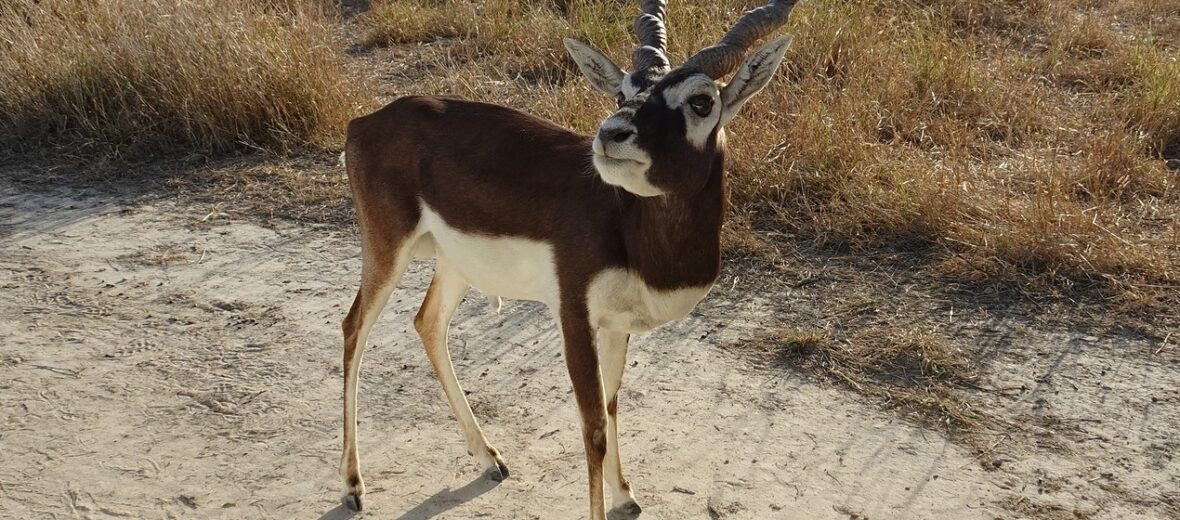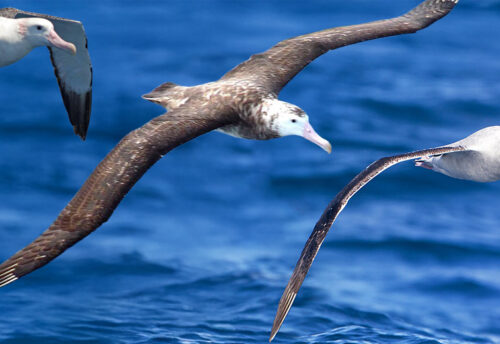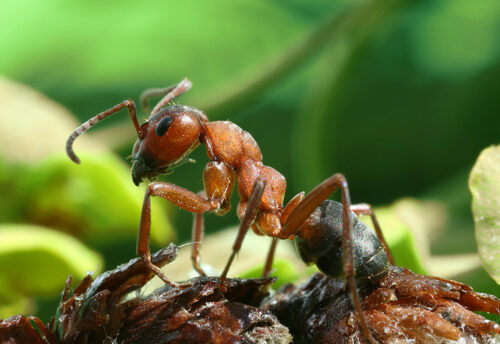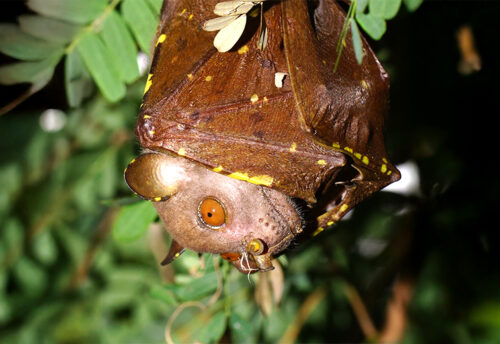
Hailing from India, Nepal, and eastern Pakistan, the blackbuck antelope prefers to live in semi-deserts, open woodlands, and dry deciduous forests. These critters are grazing herd animals that are actively hunted by a number of predators. Due to their wide-spread distribution and estimated numbers (35,000 +/-), blackbucks are listed as Least Concern by the IUCN.
First the Stats…
Scientific name: Antilope cervicapra
Weight: Up to 80 lbs.
Length: Up to 4.1 feet
Lifespan: Up to 15 years
Now on to the Facts!
1.) The horns on males can grow to 28 inches, but average 24 inches. Females lack horns.
2.) As they age, male blackbucks get darker, until their flanks get almost black.
3.) Males are called bucks, females are called does, and babies are called fawns.
4.) Herds can be up to 50 animals strong.
5.) Blackbucks are diurnal (active during the day).
But wait, there’s more on the blackbuck antelope!
6.) These antelopes have been exported to Texas, in the U.S. Ranchers raise them for their meat and their milk.
7.) Even though they are listed as Least Concern by the IUCN, it is illegal to hunt them in India.
Did you know…?
Not having much in the way of defenses, blackbucks can run up to 50 mph!
8.) They graze on flowers, herbs, fruits, shrubs, pods, and grasses. Thus making them herbivores.
9.) The rut goes from March – April and August – October.
10.) Females birth a single fawn after a 6 month gestation (pregnancy).
But wait, there’s still more on the blackbuck antelope!
11.) Wolves, dholes, leopards, and tigers all prey on blackbucks.
12.) When alarmed or excited, they will pronk (leap) in the air with stiff and stretched out legs.
Now a Short Blackbuck Antelope Video!
Also, check out the Critter Science YouTube channel. Videos added frequently!
Want to suggest a critter for me to write about? Let me know here.



